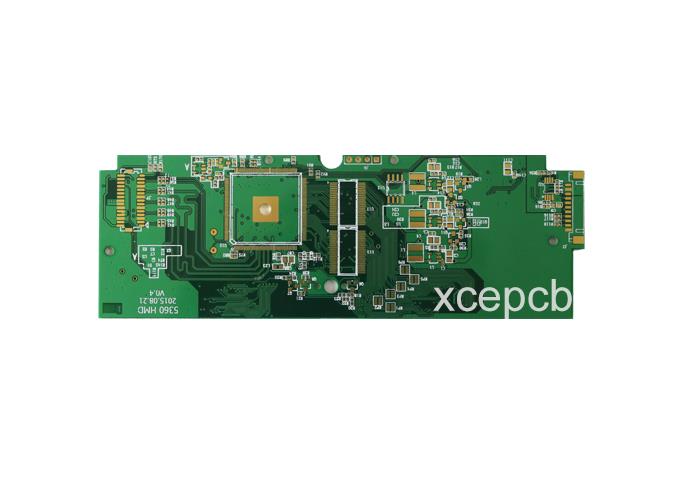


Impedance PCB
-
Min Order
1
-
Product Unit
Pieces
-
Origin
China Mainland
-
Payment


- Contact Now Start Order
- Favorites Share
- Description
Product Detail
Controlled ImpedancePCB
Quick detail:
Layer | 4L |
Material | FR4 |
Size | 24*16cm |
Board Thinckness | 1.2mm |
Color | Green |
Surface finish | Immerrsion Silver |
Soder Masker | Black |
Copper Thinckness | 1Oz |
Special | Impedance pcb |
PCB Controlled Impedance
Impedance is the sum of the resistance and reactance of an electrical circuit expressed in Ohms. The resistance being the opposition to current flow present in all materials. The reactance is the opposition to current flow resulting from the effect of the inherent capacitance and inductance of the conductor interacting with changes in voltage and current. In DC circuits there is no reactance and the resistance of copper conductors is typically insignificant.
What is Impedance?
Impedance is the combination of the capacitance and inductance of a circuit when operated at high frequency. Though also measured in Ohms, it is somewhat different than resistance which is a DC characteristic. Impedance is an AC characteristic, meaning that it is related to frequency, resistance is not.
What is Controlled Impedance?
Unless you have carefully designed the trace and its environment, impedance is typically "uncontrolled", meaning that impedance will vary in value from point to point along the trace.
At high frequencies, PCB traces do not behave like simple connections, controlled impedance helps us ensure that signals are not degraded as they route around a PCB.
Essentially, controlled impedance is the matching of substrate material properties with trace dimensions and locations to ensure the impedance of a trace's signal is within a certain percentage of a specific value. Controlled impedance boards provide repeatable high frequency performance.
Applications of Controlled Impedance
Controlled Impedance should be considered for PCBs used in fast digital applications such as:
– Telecommunications
– Computing 100MHz and above
– High Quality Analog Video
– Signal Processing
– RF Communication
Controlled Dielectric or Controlled Impedance?
Confusion abounds regarding the topics of controlled dielectric and controlled impedance in the printed circuit board industry. We'll try to clarify the subject.
What is the difference between Controlled Dielectric and Controlled Impedance regarding PCB fabrication? The purpose of controlling dielectric or impedance is essentially the same, to achieve a target impedance on one or more signal lines on a printed circuit board. For example, your design has a USB signal pair that must have an impedance of 90 ohms (±10%) to function properly. To make sure this will happen, there are many factors that need to be considered and calculated such as trace width, spacing between copper features on the same layer, distance between copper features on other layers, the Dk (dielectric constant) of the laminate used to manufacture the board, as well as a few other factors.
Controlled Dielectric
If you are an adventurous Electrical Engineer and you'd like to tackle the calculations yourself, you would be taking the Controlled Dielectric approach to control your own impedance. After making all the necessary calculations, you would need to specify in your fab exactly what dielectric spacing is needed between your copper layers as well as layout your traces with the correct trace and space. From a printed circuit board manufacturing perspective, all we would need to do is follow your design to meet your impedance.
Xinchenger Electronics is a professional manufacturer of high-tech products who can offer you impedance pcb with competitive price. Just be free to buy good impedance pcb at reasonable price with us and get the datasheet from our suppliers who can working for you.
- Niobium Flange 1 Pieces / (Min. Order)
- Impedance PCB 1 Pieces / (Min. Order)
- Amygdalin,29883-15-6 1 Pieces / (Min. Order)
- N-Butylcyanoacetate 1 Pieces / (Min. Order)
- S)-3-Aminobutan-1ol 1 Pieces / (Min. Order)
- Ambulance Oxygen Flowmeter 1 Pieces / (Min. Order)
 Menu
Menu







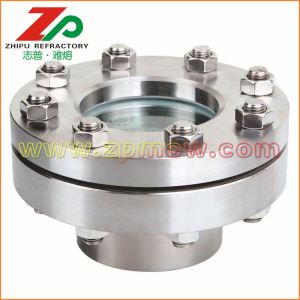
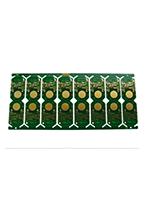
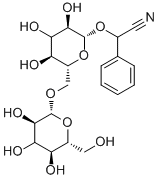

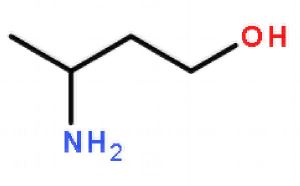
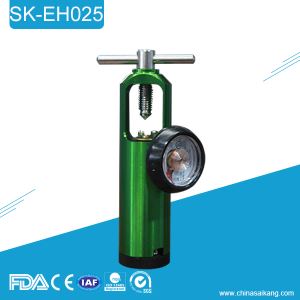
 Favorites
Favorites
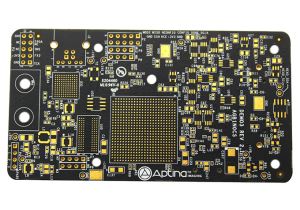
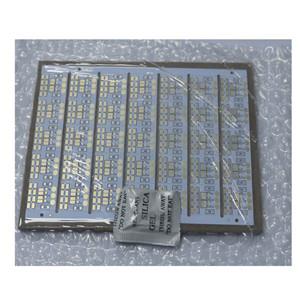
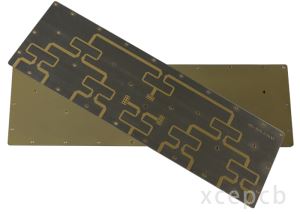

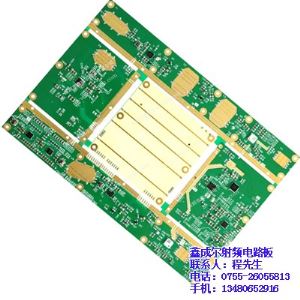
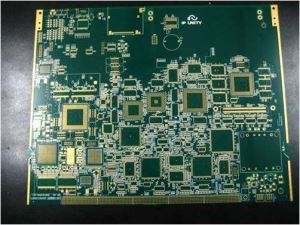
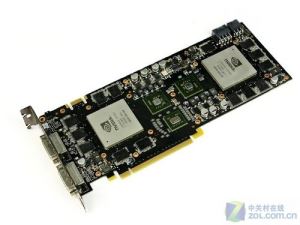

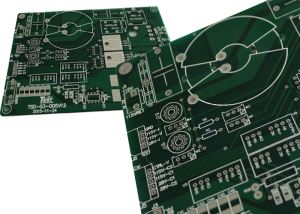
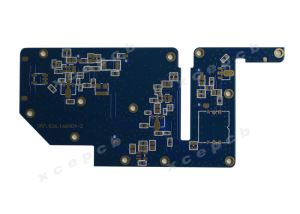
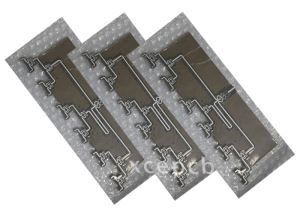
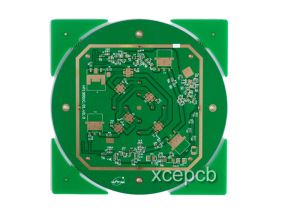
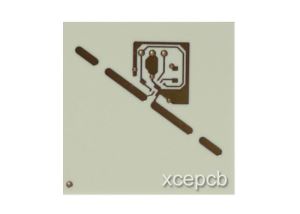
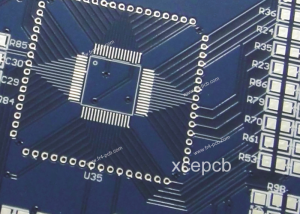
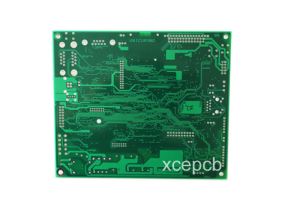
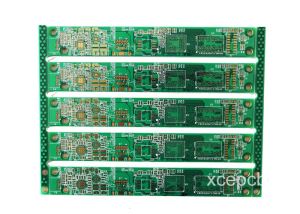
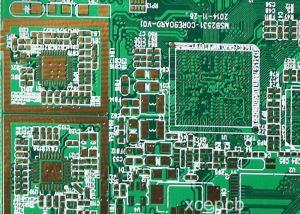
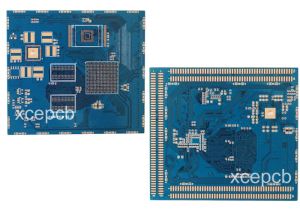
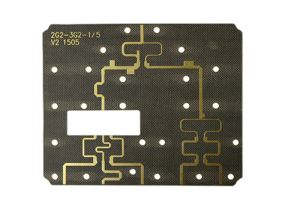
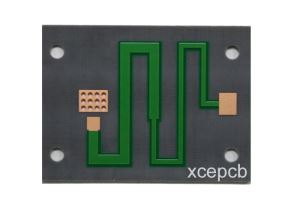
 Frequent updates ensuring high quality data
Frequent updates ensuring high quality data
 Over 5000 customers trust us to help grow their business!
Over 5000 customers trust us to help grow their business!

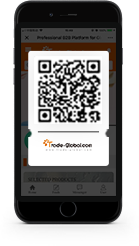
 Menu
Menu